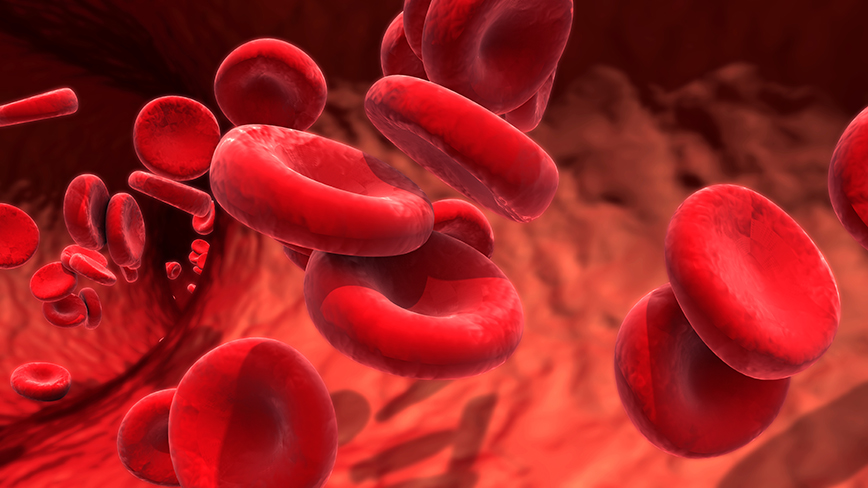Technical research for increased patient safety in ECMO and haemodialysis
Towards safer life-sustaining treatments

In cases of severe heart, lung or kidney failure, life-sustaining treatments are used in which blood is removed from the body to be oxygenated or purified, for example via ECMO (extracorporeal membrane oxygenation) or haemodialysis. These treatments save lives – but they are not without risks.
In these circuits, the blood is exposed to unusually high mechanical stress, which can affect blood cells, proteins and vascular substances in ways that are not yet fully understood. Complications such as blood clots and bleeding are common and can be life-threatening.
Professor Lisa Prahl Wittberg and her research team at KTH are conducting an interdisciplinary research programme with the aim of reducing these risks by understanding the flow mechanisms behind the complications.

The project combines advanced flow modelling, analysis of blood clots collected from ECMO components, and clinical data. By identifying critical risk areas in the treatment circuits and understanding how flow affects biological response, we can create fundamental knowledge for safer and more effective care.
Complications in life-sustaining treatments
In cases of acute heart, lung or kidney failure, mechanical life-sustaining systems such as ECMO or haemodialysis are often used. These technologies involve passing blood through an external circuit to temporarily replace the function of the diseased organ. However, these systems also carry significant risks. The flow mechanics in the circuits can affect the structure of the blood and trigger serious complications.
Understanding and minimising the risks
Despite the clinical importance of ECMO and haemodialysis, we still do not know exactly where in the circuit complications arise – or why. Mechanical stress can activate the coagulation system, but there is a lack of technical and scientific understanding of the relationship between flow conditions and biological response.
Today, clinicians are often forced to make decisions based on experience rather than evidence. In order to offer safer treatments, new knowledge is needed about how technology, flow and biology interact.
Interdisciplinary research collaboration
The research team at KTH is developing a new methodology in which blood clots collected from ECMO components are analysed chemically and biologically and linked to flow simulations and patient data. The aim is to:
- Identify flow-induced mechanisms behind clot formation and bleeding
- Locate risk zones in the extracorporeal circuits
- Develop guidelines for safer treatment parameters
Improved patient safety and quality of care
By creating a technical-scientific basis for clinical decisions, the project aims to:
- Reduce the risk of serious complications such as bleeding and blood clots
- Increase treatment safety and improve the recovery process
- Reduce the need for intensive care after treatment
- Contribute to more efficient use of healthcare resources
For the patient, this means safer treatment with fewer complications, shorter hospital stays and improved quality of life.
The research programme will run for five years and will be carried out in close collaboration with clinical actors.
